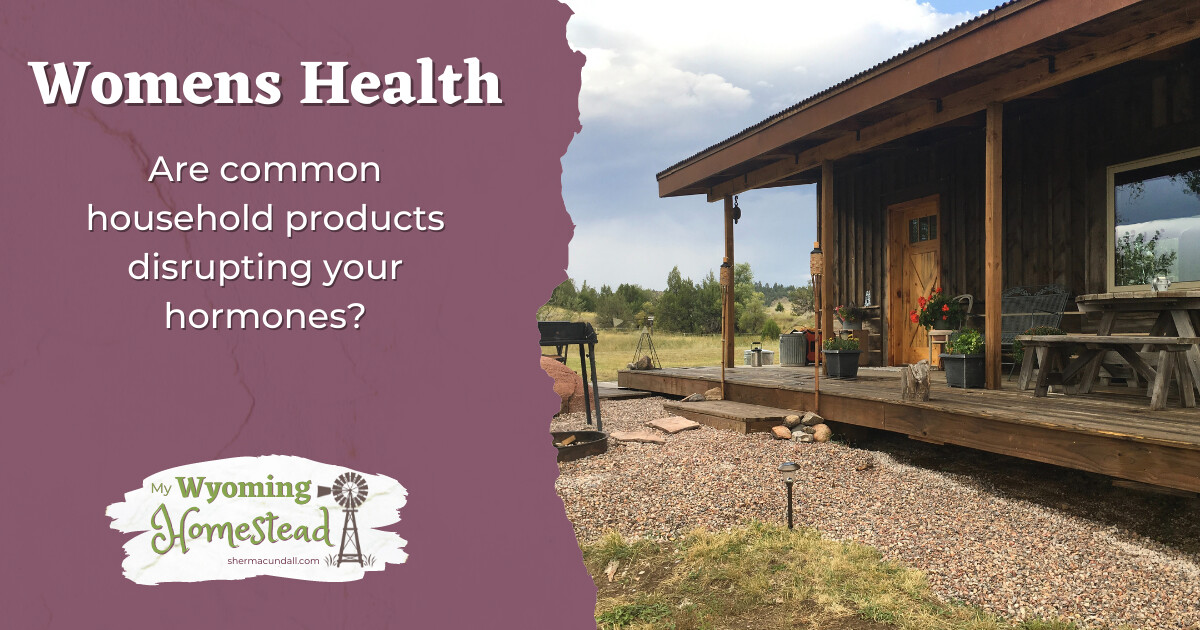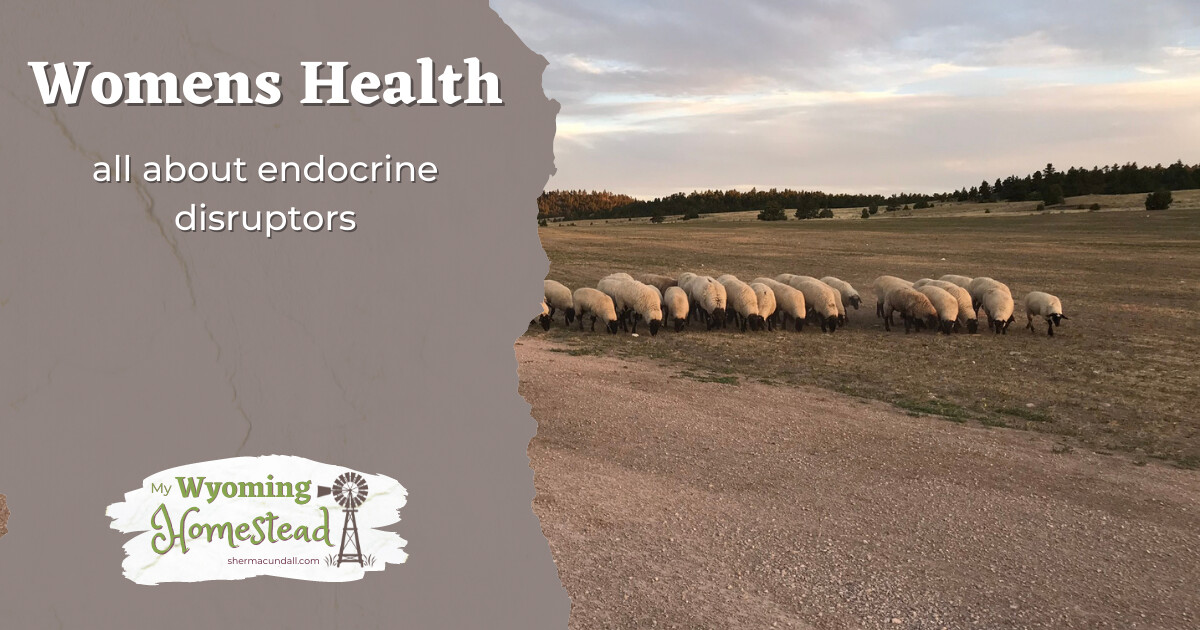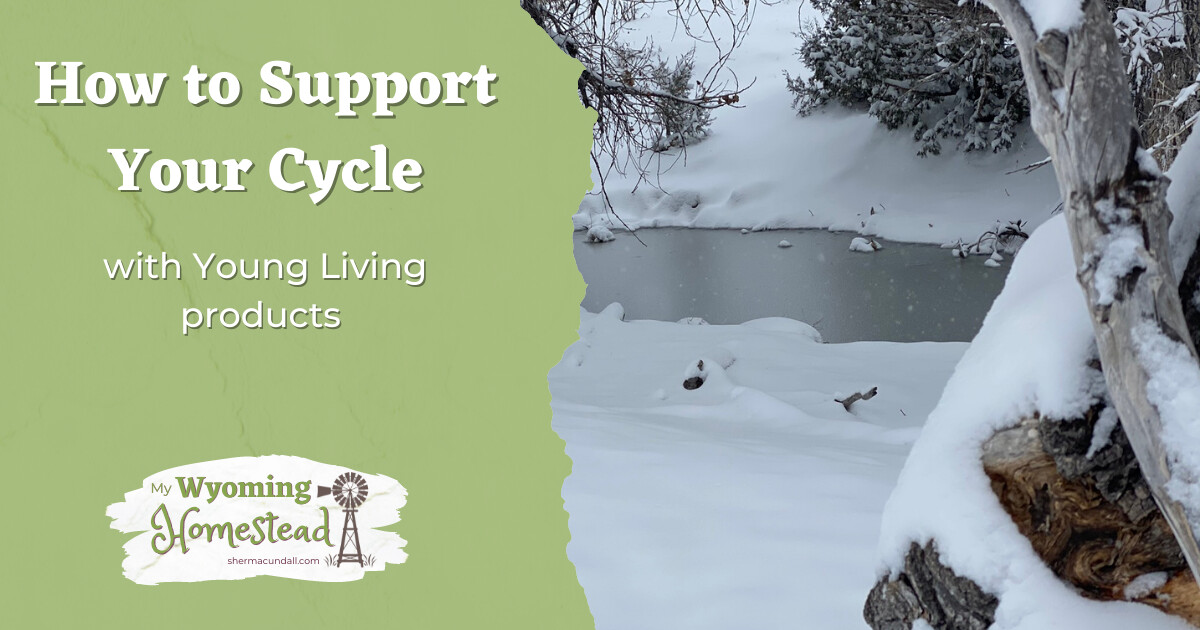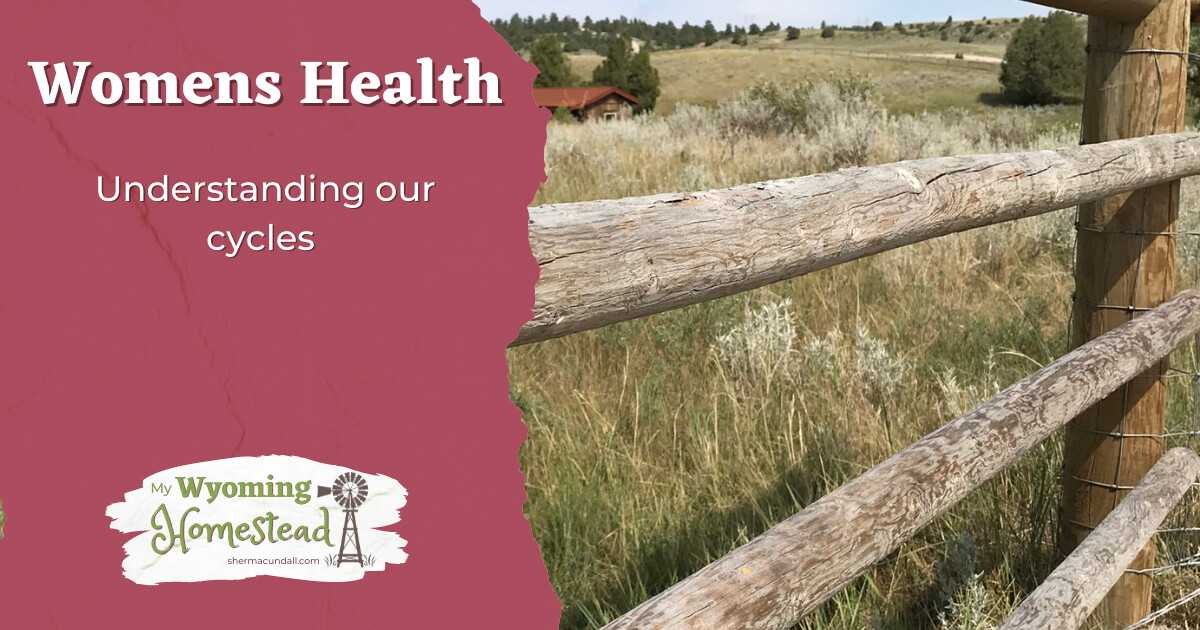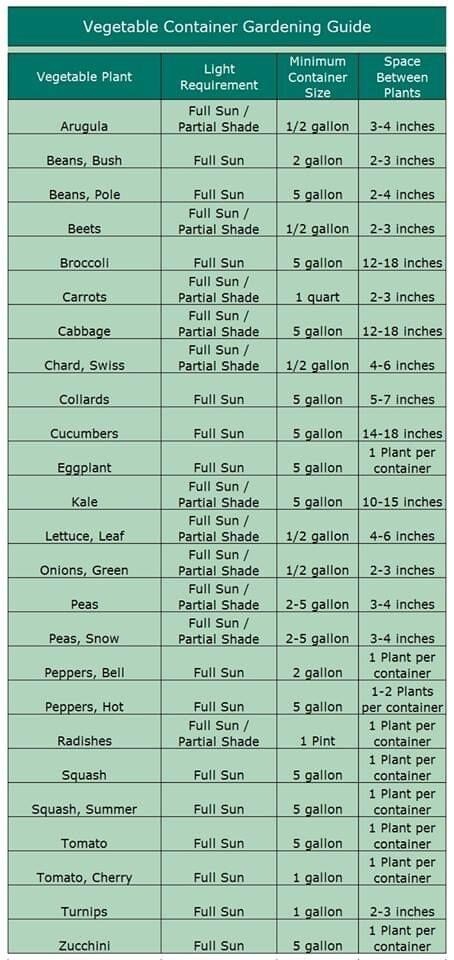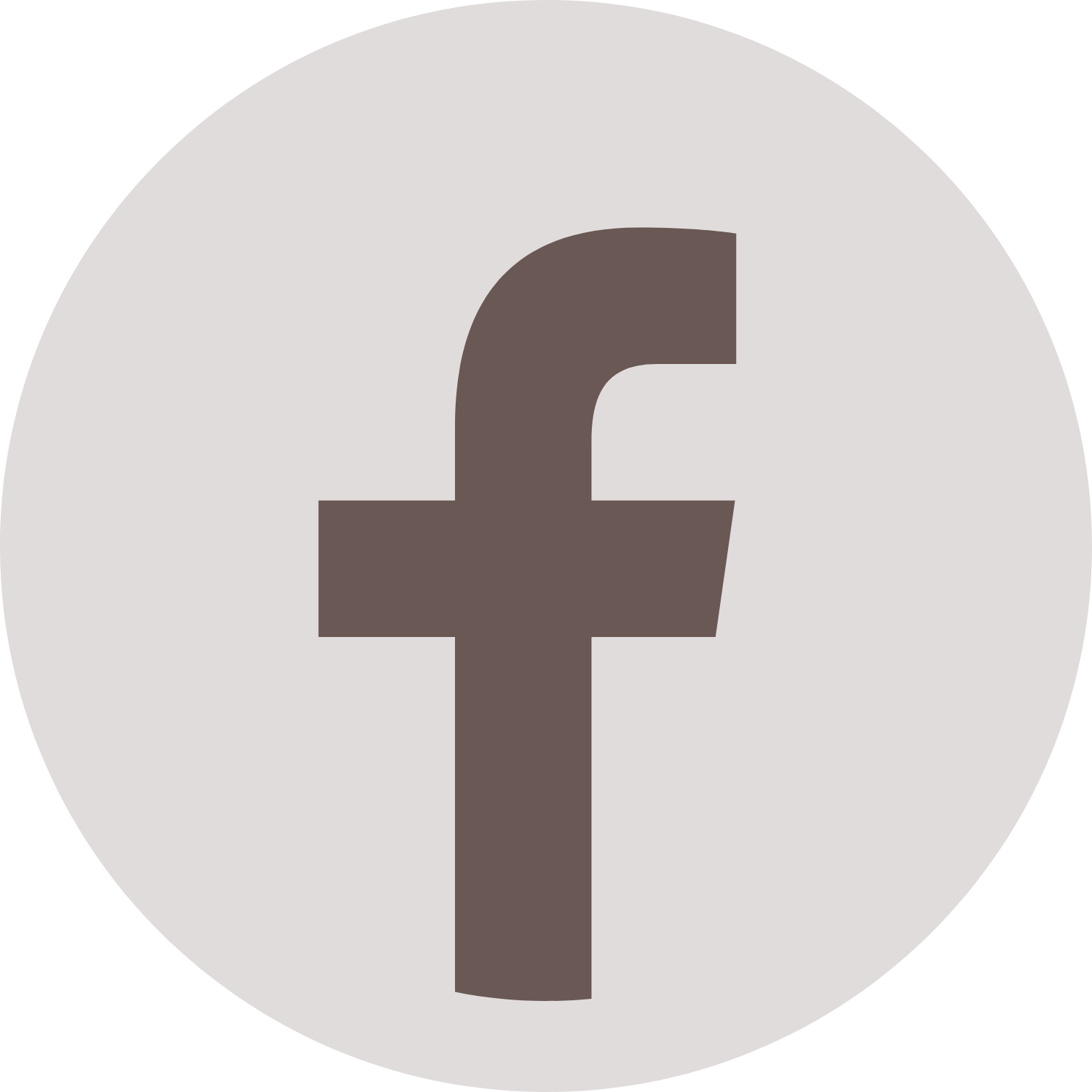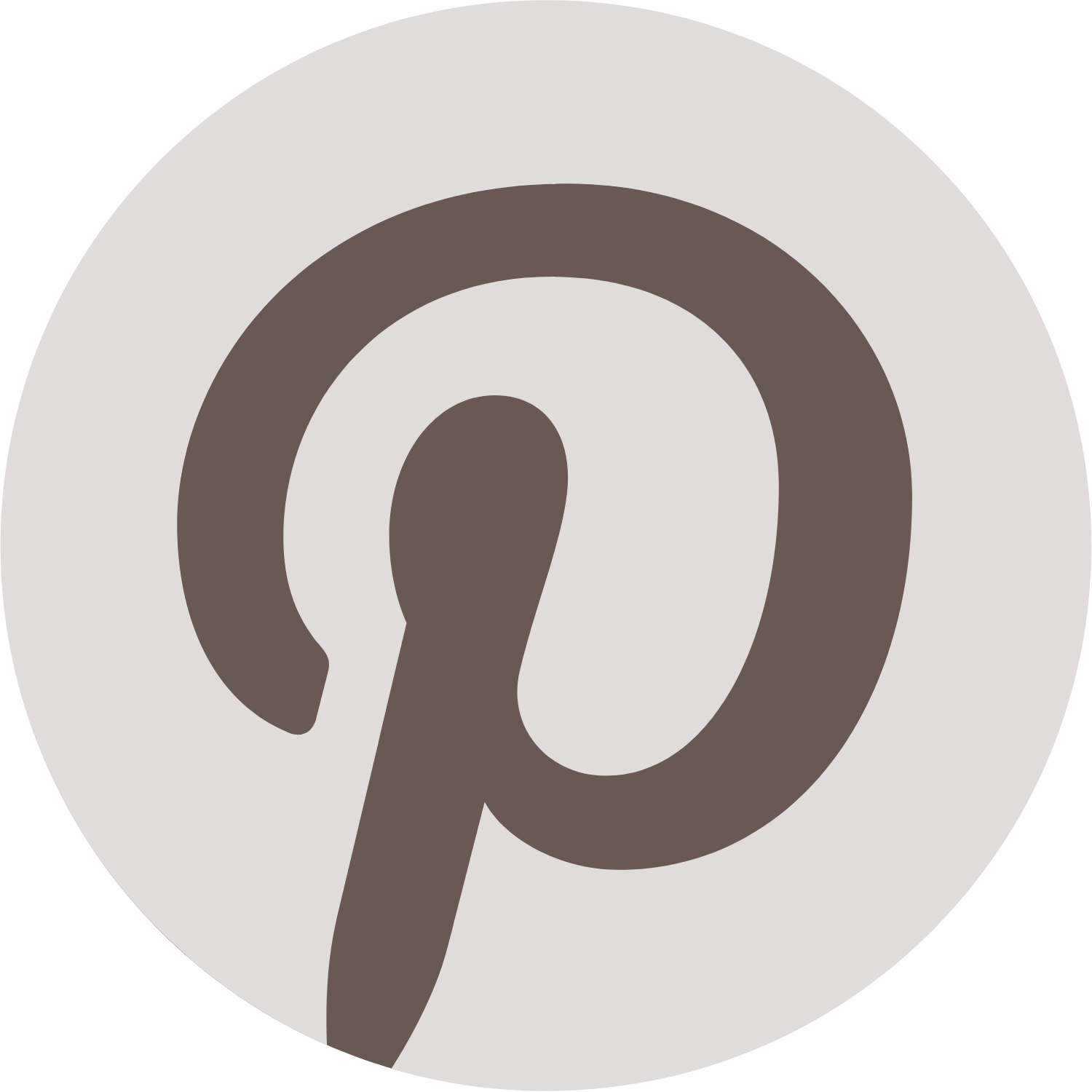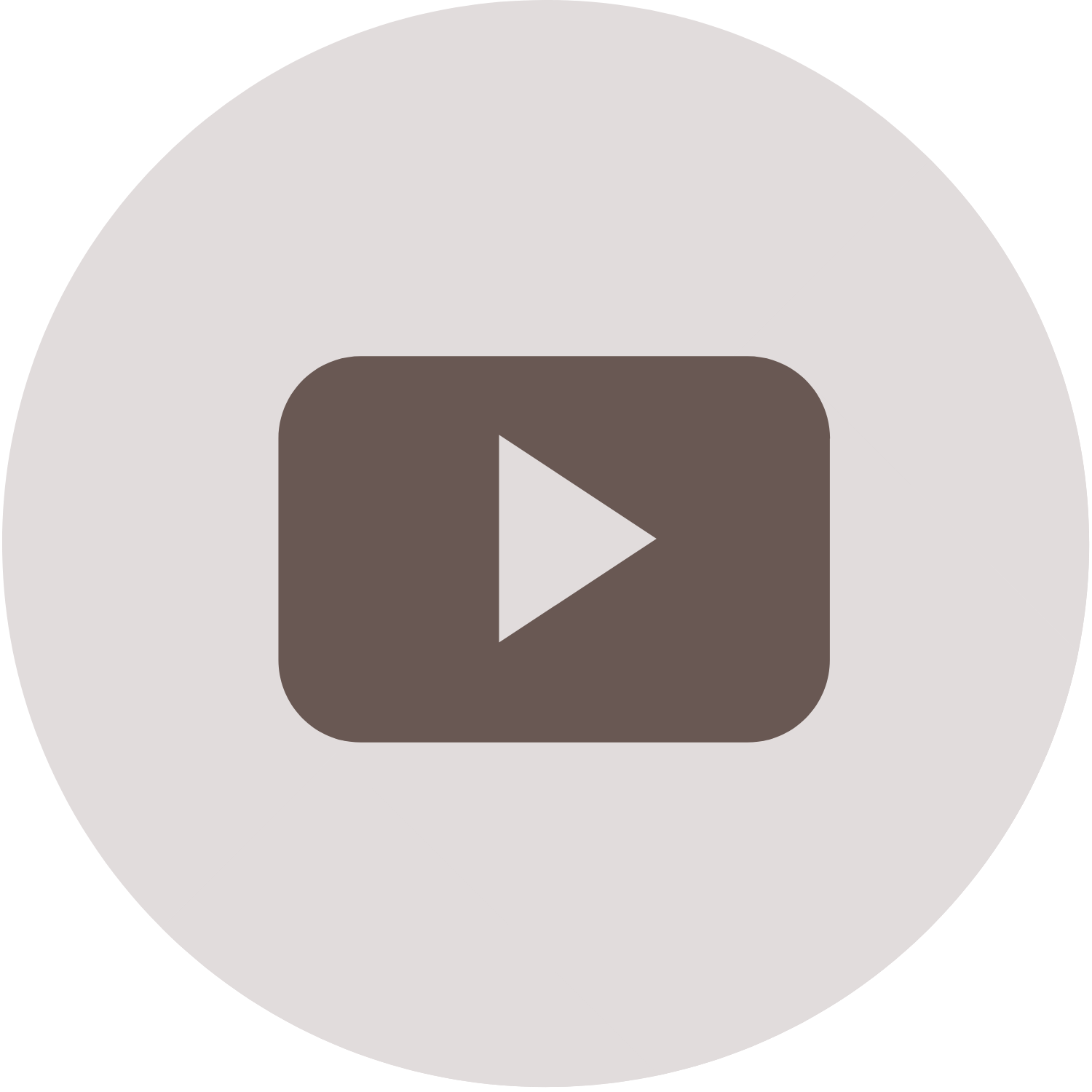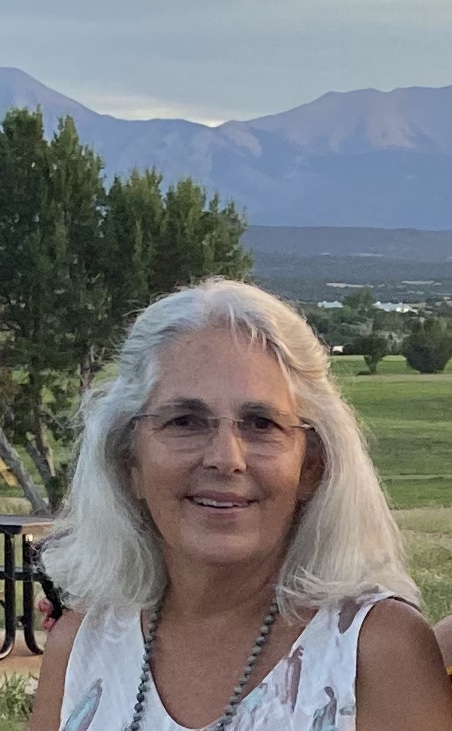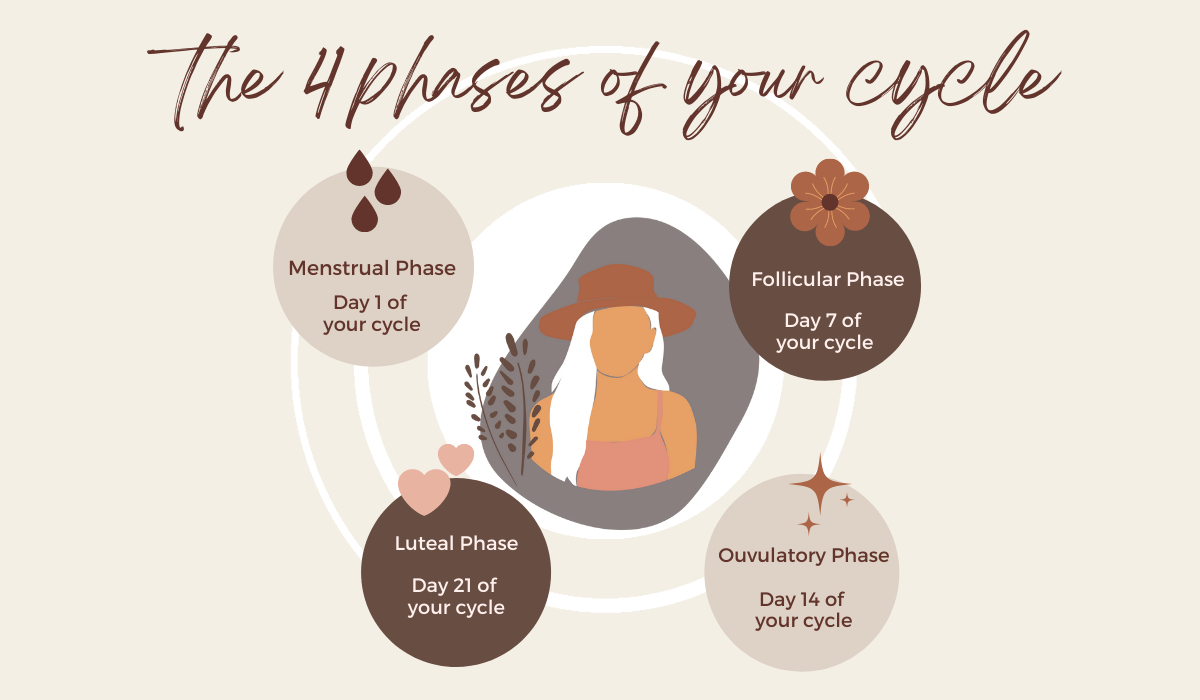
This is a follow-up to my previous article Womens Health: Understanding Our Cycles
KNOW THY CYCLE
PHASE 1: Follicular Phase
Duration: 7-10 Days
• Hormone focus. The hypothalamus signals your pituitary gland to send follicle-stimulating hormones to your ovaries, telling them to get ready to release another egg. Several egg follicles start to swell in preparation. Estrogen increases to thicken your uterine lining so that it can host an egg.
• Body focus. Physical energy increases throughout this phase, and you may sometimes feel restless.
• Lifestyle focus. Creativity and new beginnings characterize this phase. This is the time to direct your energy into stimulating projects at work and at home. Plan brainstorming sessions with your coworkers; save your most mentally challenging assignments for this week, since your brain's penchant for creativity at this time makes it easier to problem-solve. Your physical energy is at one of its highest points during your follicular phase. Emotionally, you feel outgoing, upbeat, and revitalized.
• Exercise focus. Try something new-take that Zumba or yoga sculpting class you've been yearning to try at your gym. Putting your brain and body in a new, stimulating situation feels like an easy, natural thing for you to do at this time of the month.
Phase 2: Ovulatory Phase
Duration 3-4 days
• Hormone focus. A sharp rise in follicle-stimulating hormone followed by an increase in luteinizing hormone, also from the pituitary, stimulates one follicle to swell further and burst, releasing an egg into one of the fallopian tubes; that egg then travels to the uterus. Estrogen levels continue to increase, further thickening the uterine lining and supporting the growth of immune system cells in the uterus. Testosterone takes a quick surge and drops right around ovulation.
• Body focus. Vaginal discharge increases on your day of peak fertility. You may feel pelvic pain with the release of the egg, along with cravings or a headache.
• Lifestyle focus. Connecting with the community is at the heart of this phase. This is the time to have important conversations, whether it's with your spouse, your mom, or your boss. Your heightened communication skills will allow you to convey your thoughts and opinions more clearly, as well as to be more receptive to those of others.
• Exercise focus. When deciding which activities are best during this phase, keep two things in mind: high-impact workout and group settings. Your energy levels are at their max, so you're primed to take on more strenuous exercise such as weight lifting, plyometrics, and running.
PHASE 3: Luteal Phase
Duration: 10-14 Days
• Hormone focus. The corpus luteum (the follicle from which the egg bursts) grows on the surface of the ovary, causing it to produce progesterone. The rise in progesterone signals the body to keep the uterine lining intact. It also signals the pituitary to stop sending out follicle-stimulating hormone and luteinizing hormone, ensuring that only one egg is released into the uterus at a time. Estrogen levels continue to rise. Toward the end of the cycle, if the egg hasn't been fertilized, the corpus luteum is reabsorbed into the body. Progesterone production will soon halt as a result, triggering your period. Testosterone will increase toward the end of this phase.
• Body focus. Physical energy declines and premenstrual symptoms may develop toward the end of your cycle- symptoms such as bloating, irritability, headache, mood
swings, and cravings.
• Lifestyle focus. Awareness, attention, and comfort are key now. As the corpus luteum is reabsorbed, your energy begins to soften and turn inward. You'll notice that you have the desire to nest, making the luteal phase an ideal time to take care of domestic chores, whether your list includes reorganizing your shoe closet, doing a month's worth of laundry, or making a big grocery-shopping trip.
• Exercise focus. During the first half of the luteal phase your energy may still be high, so continue with the more strenuous activities you took on during ovulation. Then scale back on your intensity during the final five days with activities such as Walking or Pilates. You may feel a little more sluggish and experience more water retention toward the end of this phase, so choose an exercise with lower resistance.
PHASE 4: Menstrual Phase
Duration: 3-7 Days
• Hormone focus. Progesterone production drops off as the corpus luteum disappears, triggering the shedding of your uterine lining in your menstrual phase, a.k.a your period/bleeding phase. Estrogen peaks and then drops, stimulating your hypothalamus to prepare for another cycle of ovulation.
• Body focus. You may experience pelvic cramping, low backache, fatigue, and cravings. Sometimes you may feel a sense of relaxation and relief as your estrogen peak passes.
• Lifestyle focus. Self-analysis and course correction are dominant now. During your menstrual phase, the communication between the right and left hemispheres of your brain is more powerful than at any other time. This enables you to judiciously evaluate how you're doing in your life and, if necessary, begin identifying and making course corrections that will reposition you in the direction that you want to be heading. Many women find that journaling during their menstrual phase, especially when they first learn to sync with their cycles, allows them to access deeper insight into what their instincts are telling them.
• Exercise focus. Rest and recovery are important parts of any exercise program so that your body can repair. Schedule rest or yoga during the early part of the menstrual phase, especially the first day or two, when your flow may be heaviest. Take time to stretch and walk on these days. As you move into the end of bleeding and toward the follicular phase again, begin to amp up your activity according to how you feel.
How awesome is that info??? Did you miss the Cycle Tracker PDF from the previous post? No problem. Click the picture to grab it:
Have a great day!!
Want to be the first to know when I share news from the homestead?
Sign up for the newsletter by clicking here.






